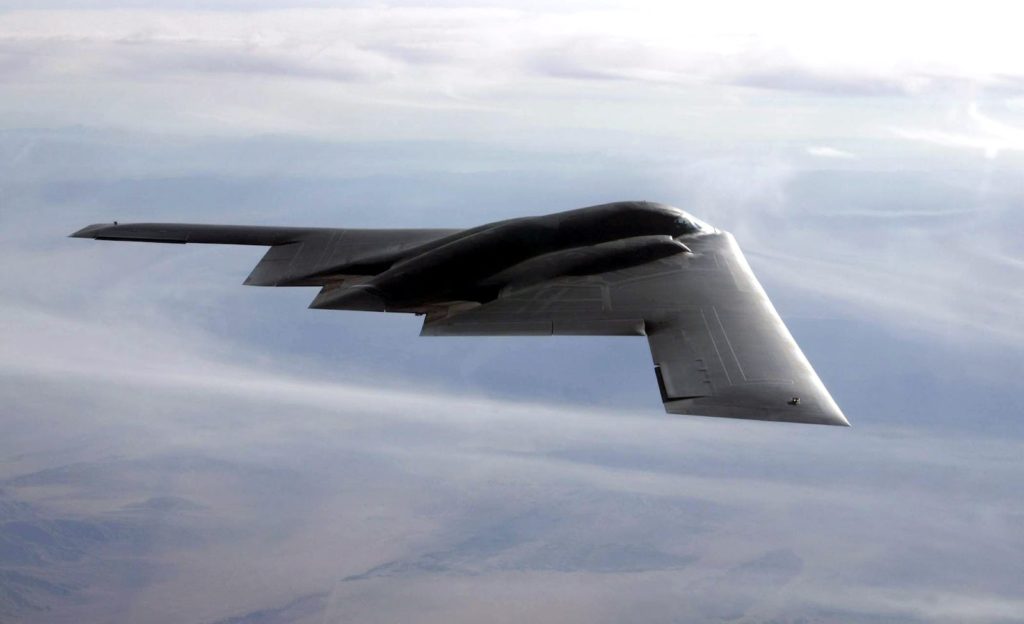by Amy Aponte
It is finally here: your long-awaited vacation to spend a relaxing week at a beachfront resort. Or maybe you are visiting family across the country for a holiday get-together. Either way, if you are traveling a long distance, chances are your mode of transportation is a commercial airplane. More than a century ago, the Wright brothers made history by completing the first successful flight of a powered aircraft, an extraordinary feat that revolutionized the world. Today, there are 18 major passenger airlines in the United States, and a whopping 2.9 million people fly in and out of U.S. airports every day. It is obvious that flying has become an important part of our world, but have you ever wondered exactly how a plane can fly? Fasten your seatbelts and enjoy the ride as I take you through the science of flying (in an airplane).
There are four different forces that act on an airplane: thrust, drag, lift and weight. Thrust moves the airplane forward and is usually generated by a propeller or engine. You can think of drag as the air resistance that slows the airplane. The wings of an airplane create lift that pushes the airplane up and the weight caused by gravity pulls the airplane toward Earth. These four forces do not always act equally on an airplane, and such differences allow a plane to do different things. For example, during takeoff or when a plane is attempting to increase its altitude, the engine generates thrust that exceeds the drag force and therefore the plane moves forward. This forward movement causes air to flow over the wings, which then pushes the air towards the ground, generating the upward lift that moves the airplane up into the sky. An airplane’s wings are specifically designed for this purpose, as they have a shape called an airfoil that allows for pressure differences around the wing that generate lift.
But, how does an airplane stay in the sky after take-off? We know that commercial airplanes do not go up forever but instead reach a constant velocity and cruising altitude, usually between 33,000 to 42,000 feet above sea level. During this time, the forces are as close as possible to being balanced: the lift is equal to the weight, and the drag is equal to the thrust. This allows the airplane to maintain an average cruising speed of about 547- 575 miles per hour before its descent begins. So, what happens then? In order for a plane to come back down to the ground, the engine thrust is reduced and the wings must produce less lift than the airplane weighs. Last, but definitely not least, there is one other very important part of this whole process that I have not mentioned yet: the pilot! A pilot has control over certain parts of the airplane (engine throttle, rudders, ailerons, elevators) that help to maneuver the direction and altitude of the aircraft. Although many commercial airplanes today have auto-land features, pilots tend to land planes manually, as this gives them more control of the aircraft in less-than-ideal flying conditions such as strong crosswinds.
Just like a car needs fuel to drive, a commercial airplane also needs fuel to power its engine for flight. However, unlike automobiles that use gasoline, kerosene is an airplane’s choice of fuel for many reasons. First, kerosene has a higher flash point than gasoline, meaning that it is more stable and ignites at higher temperatures than gasoline and therefore allows for greater efficiency and power. Additionally, at the high altitudes in which planes fly, the air is significantly colder than the air on the ground and therefore kerosene is preferred over gasoline because of its lower freezing point. One last reason is simply that kerosene is cheaper to produce than gasoline. Currently, the top produced and most common commercial aircraft is the Boeing-737. Depending on the model, this type of passenger plane can hold more than 40,000 gallons of jet fuel– that is enough fuel to power the longest non-stop flight available from Singapore to New York that covers 9,540 miles and takes almost 18 hours!

There are various types of planes and not all of them are built the same, as they all serve different purposes. For example, the “flying wing” design and special coating on the U.S. AirForce’s North Northrop Grumman B-2 Stealth aircraft allows it to be, you guessed it, as stealth as possible (you can watch a cool video of the B-2 in motion here). Another aircraft, the Lockheed SR-71 Blackbird, is the fastest jet aircraft in history. Specially designed inlets that bring air into the engine at subsonic speeds allowed this aircraft to reach speeds of more than 2,100 miles per hour, which is more than three times the speed of sound! At such high speeds, the Blackbird generated temperatures of 600°F on its surface and was therefore coated with a titanium alloy external covering to protect it from melting by its own heat. The SR-71 Blackbird was used by the U.S. military during the Cold War but is now retired and on display at the Steven F. Udvar-Hazy Center in Virginia.
Flying in an airplane can be exciting for some of us; for others, not so much. But we can all agree on one thing- despite the design or purpose of an aircraft, we can thank the (physical) forces that take us up into the sky and keep us there while flying (and the pilot, of course)!
